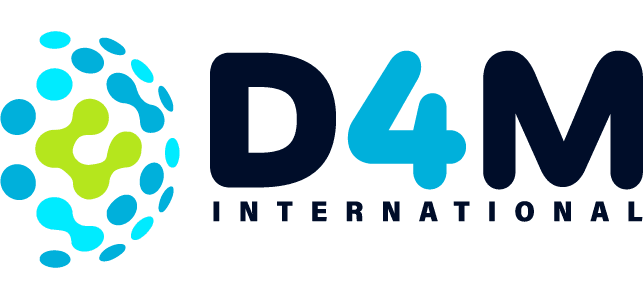Unlocking Efficiency: How D4M Achieved 60 SAP Rollouts in 60 Months
About the Interview
Consulting companies, particularly global corporations, may encounter challenges in implementing numerous SAP projects within a suitable timeframe. In this interview, we meet with Eric Ibarra, D4M VP for Delivery of Services, who provides a detailed explanation of D4M’s remarkable achievement of integrating SAP ERP in 60 locations in just 60 months. This project is titled 60 in 60, and to succeed as D4M has shown, many steps need to be incorporated.
In this conversation, Eric delves into the many factors that go into the standardized process to achieve the solution of 60 in 60. He begins by stating that the range of the SAP implementation usually takes between 4 to 18 months. To be able to accomplish the solution of 60 in 60, Eric highlights the 3 main components within this program:
- Process method transformation
- Solution and template governance
- Data transformation approach
Following these points, he introduces common mistakes made by corporations while attempting to initiate this procedure. Afterwards, Eric offers the vital guidelines that must be incorporated in order to acquire the D4M methodology and experience, which served as the driving force for the 60 in 60 project.
To conclude, 60 in 60 showcases D4M’s remarkable ability to execute large-scale SAP ERP integrations efficiently. By avoiding typical errors and following the strategic steps, the project sets a new industry standard and underlines the effectiveness of D4M’s technique.

